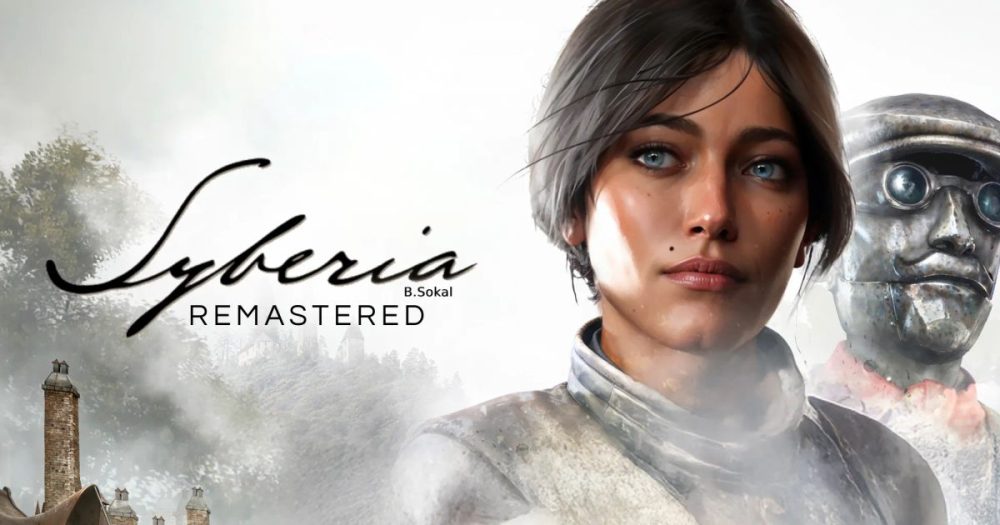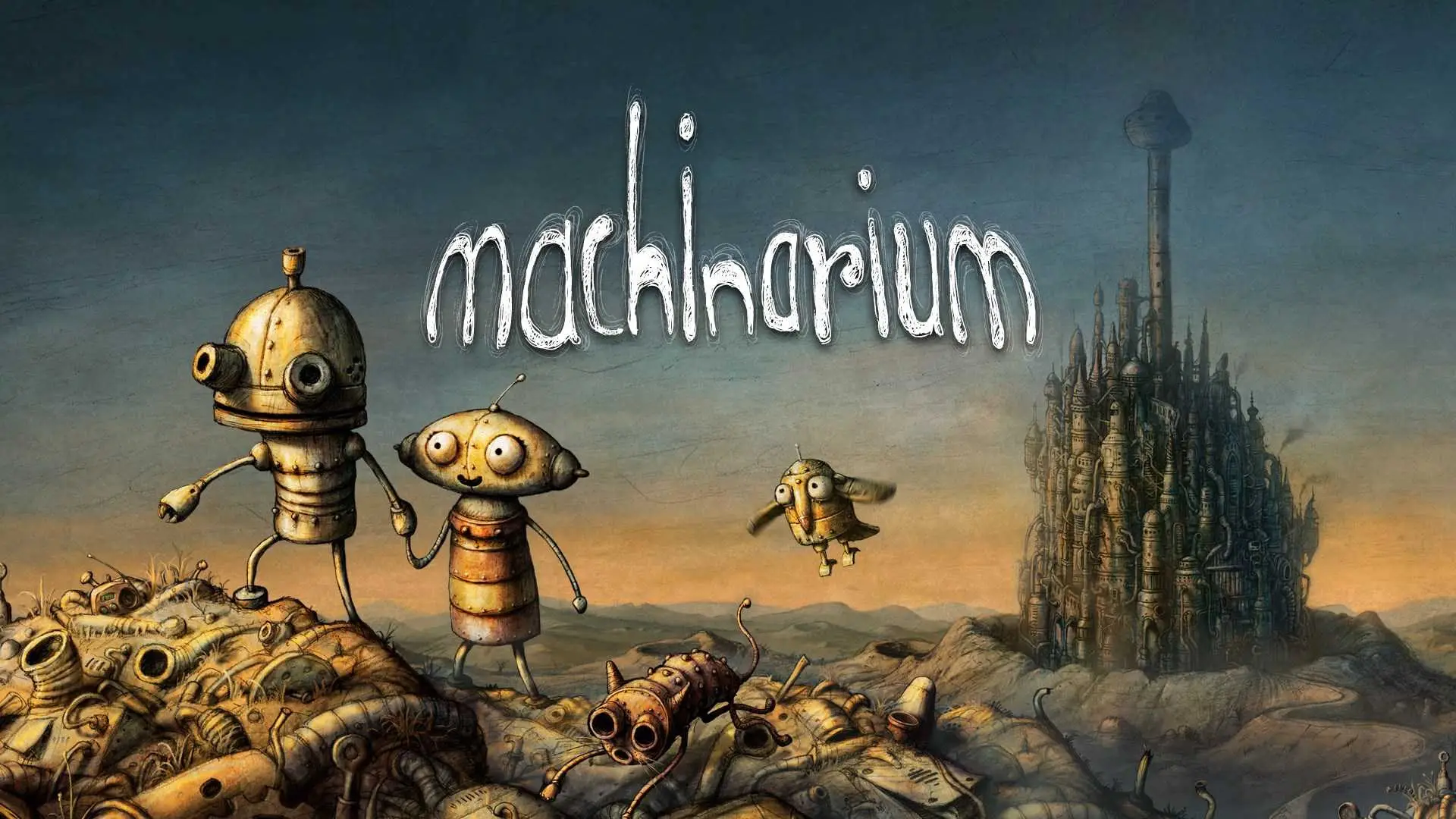Logic games attract people of all ages, and for good reason — they develop the ability to think, imagination and help to relax. But often on the way to mental exercise there are inconveniences: registration, unnecessary data and other formalities. Today we will tell you which puzzles you can play without registration right now — just open your browser and start developing your skills.
Incredible puzzles for those looking for a challenge
Sometimes you need a real brain test, something that makes you think, concentrate and even feel the limits of your imagination. Here are three of the most difficult and interesting puzzles that you can play online without registration:

- Portal Reloaded — if you like spatial tasks and the concept of portals, then this game is what you need. It expands the boundaries of imagination, offering complex puzzles where you need to use portals in three dimensions. Standing in the epicenter of fantastic solutions, you will have to think a lot and calculate moves.
- The Witness literally immerses you in a world of beauty and mystery. The concept requires observing the environment and the ability to see the connections between elements, which adds atmosphere and depth to the gameplay.
- Baba Is You is an incredibly original game where you not only solve puzzles, but also change the rules themselves. At each level, you change the world, creating your own conditions for passing. The unique concept makes the process a real test for the mind.
Online logic games that you can play right now without registration
 Not everyone is looking for a challenge, sometimes you want to relax and just have a good time with exciting concepts. Below are some popular options:
Not everyone is looking for a challenge, sometimes you want to relax and just have a good time with exciting concepts. Below are some popular options:
- 2048 is a simple but addictive puzzle in which you need to put tiles with the same numbers together to achieve the maximum value. At first glance, it seems easy, but the further you go, the more difficult it becomes. The project teaches you to plan your actions strategically, predict several moves ahead and not give up when the situation seems insoluble.
- Cut the Rope requires not only logic, but also coordination. Help a little creature named Om Nom get to the coveted candy by cutting the ropes so that the sweetness falls right into his mouth. As you progress through the levels, the mechanics become more complex, new obstacles and elements appear, which makes the session more and more interesting and challenging your puzzle-solving skills.
- Flow Free – if you need to relax, but still want to give your brain a light workout, Flow Free is the perfect choice. Connect dots of the same color, trying not to cross the lines. The difficulty increases as the size of the playing field and the number of dots increases. Despite the simplicity of the concept, the concept requires a strategic approach and the ability to see the best routes to fill the entire space.
The best new puzzles without registration that are worth trying
New projects appear constantly, some of them are worth trying right now:.
- Escape Simulator – if you like quests and escaping from the room, this game is for you. Solve puzzles, find keys and interact with objects to get out of the most difficult rooms. There are many themed rooms, each of which offers unique puzzles related to the mechanics of interaction with the environment, which allows you to immerse yourself in the atmosphere of a real quest.
- Unpacking – at first glance it seems simple, but it has a deep meaning. You have to unpack things, placing them on shelves and in boxes, gradually learning the story of the character. Every detail carries meaning, creating a context and adding nuances to the story. This is a real meditative journey through memories and life history.
- Creaks from the creators of Machinarium: you have to explore a mysterious mansion filled with secrets and strange creatures. Visual puzzles require not only attentiveness, but also resourcefulness. Amazing graphics and animation create the feeling that you are inside an old illustration, and interaction with objects of the environment makes you feel like a real explorer.
- Puzzle Quest 3 – the third part of the famous series combines elements of RPG and match-three puzzles. The project offers interesting battles, where the ability to put together combinations affects the outcome of the battle. Upgrade your character, collect resources and fight enemies, solving exciting tasks.
Why Popular Puzzle Games Remain Relevant
Popular projects such as Tetris, Sudoku, and Mahjong have been with users for decades. Why are they still popular?
- Tetris — the simplicity of the mechanics and the high level of dependence on the player’s skill have made this concept cult. It requires reactions and strategic thinking, which makes it an eternal source of pleasure.
- Sudoku is a classic that develops logic and helps train concentration. It is good for the brain, it is easy to start, but difficult to master to the end. A great option for intellectual leisure.
- Mahjong requires attentiveness and a good memory. Finding matching tiles and trying to clear the board from all elements creates an addictive process that remains popular due to its meditativeness and mental challenge.
Popular puzzle games without registration continue to delight us, as they offer something universal: brain training and pleasure in one bottle.

Conclusion
 Puzzles are a brain training, development of analytical thinking and just a good time, and most importantly, many of them can be played without registration, which allows you to immediately immerse yourself in the gameplay. Want to test your strength? Try one of the proposed versions and see for yourself how exciting and useful it can be! Let this world of riddles and logic become your daily practice for development and pleasure!
Puzzles are a brain training, development of analytical thinking and just a good time, and most importantly, many of them can be played without registration, which allows you to immediately immerse yourself in the gameplay. Want to test your strength? Try one of the proposed versions and see for yourself how exciting and useful it can be! Let this world of riddles and logic become your daily practice for development and pleasure!
 en
en  ru
ru  de
de  ar
ar  es
es  hi
hi  fr
fr  nl
nl  it
it  pt
pt  el
el 










